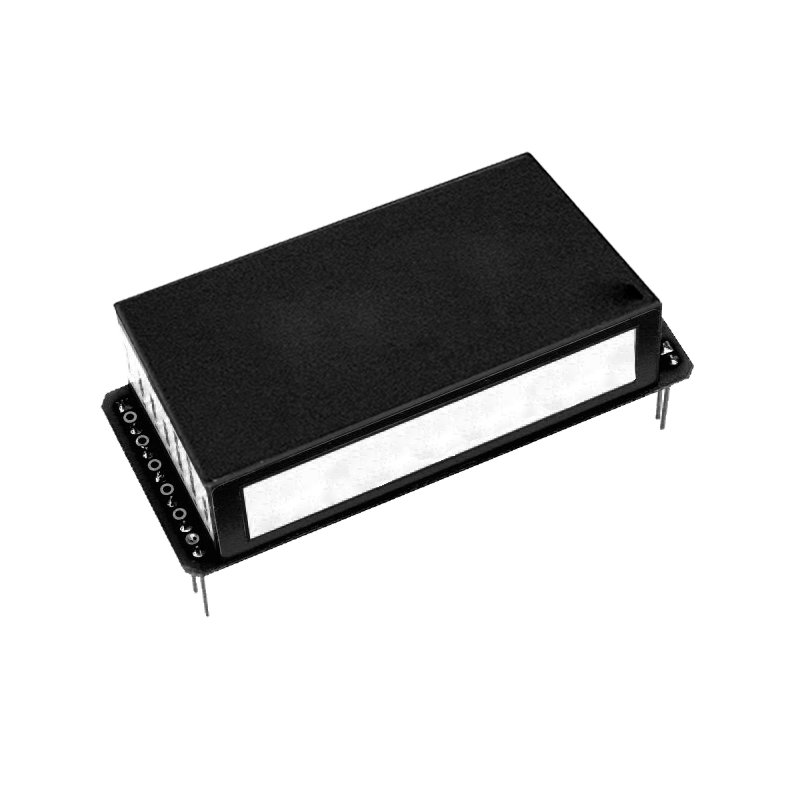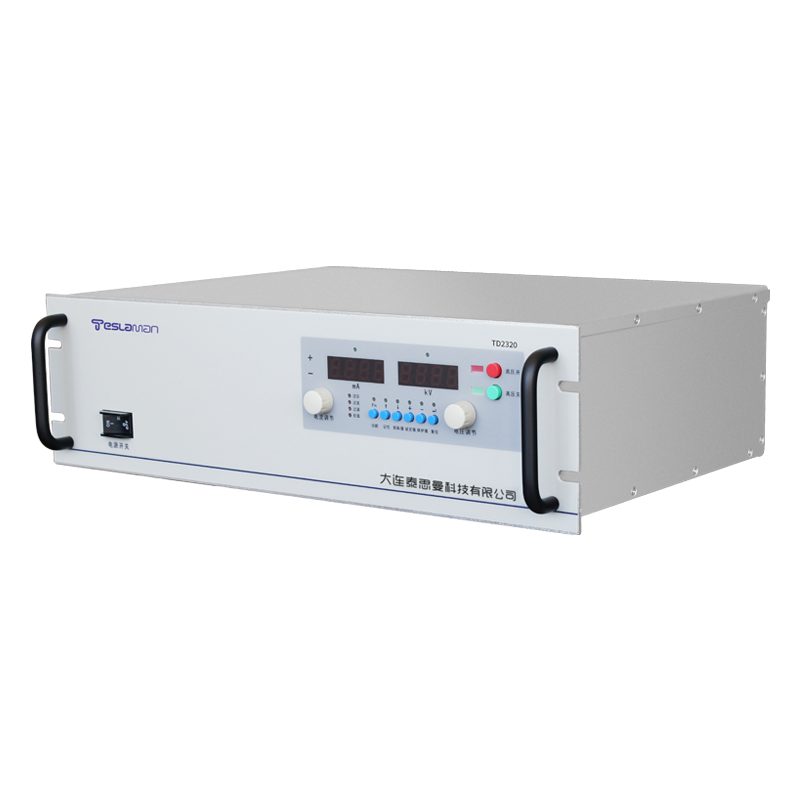Key Technologies of High Voltage Power Supply in Coating Uniformity for Electrostatic Spraying
As a crucial surface treatment process in modern industry, the coating uniformity in electrostatic spraying directly determines product quality and production costs. The high voltage power supply, serving as the core power source, exerts decisive influence on coating quality through its electrical parameters and control capabilities. This article explores the pivotal role of high voltage power supplies in enhancing coating uniformity from three aspects: technical principles, system design, and process optimization.
1. Physical Mechanism of High Voltage Electrostatic Field and Coating Formation
The essence of electrostatic spraying lies in directional migration of paint particles through high voltage electric fields. When the power supply outputs 60-100kV high voltage, a strong field gradient forms between the spray gun and grounded workpiece. Charged particles demonstrate wrapping effects under Coulomb force, significantly improving edge coverage. Studies show the electric field intensity should maintain 3-5kV/cm to ensure sufficient charging while avoiding particle rebound caused by corona discharge.
Resistivity control proves critical for charging efficiency. The ideal paint system should have resistivity between 5-50MΩ·cm, adjustable through polar solvent additions. Experimental data indicates 40% charge loss when resistivity drops below 5MΩ·cm, while insufficient charging above 50MΩ·cm causes edge accumulation.
2. Influence of Power Supply Design on Uniformity
1. Dynamic Response Characteristics
Modern high-frequency switching power supplies require ripple coefficients <1% and voltage fluctuations within ±0.5%. Continuous spraying demands real-time compensation for load variations caused by paint consumption. With PID closed-loop control, system response time should be <10ms to ensure voltage stability during sudden atomization pressure changes.
2. Intelligent Control Modules
DSP-integrated systems enable multi-parameter coupling control. By monitoring workpiece geometry, conveyor speed, and environmental conditions, the system automatically adjusts output voltage (60-100kV adjustable) and polarity. When coating thickness deviation exceeds 5μm, parameters can be corrected within 0.5 seconds.
3. Safety Redundancy Design
Combined dual power modules and arc detection systems reduce abnormal discharge by 90%. For conductive substrates like aluminum alloys, pulsed power mode (1-5kHz) effectively suppresses Faraday cage effects, ensuring uniform coating on complex structures.
3. Systematic Optimization of Process Parameters
1. Atomization Parameter Matching
At paint flow rates reaching 200mL/min, atomization pressure should increase to 0.4-0.6MPa with synchronized voltage reduction below 80kV. This strategy reduces thickness standard deviation from 12.3μm to 4.7μm.
2. Environmental Control System
Spray booth wind speed maintained at 0.3-0.5m/s ensures VOC removal while preserving field stability. Electrode dehumidification activates when humidity exceeds 70%, preventing coating pores from surface leakage currents.
3. Substrate Pretreatment
Plasma activation (2-5kW, 30-60s) enhances non-conductive materials' surface energy from 35mN/m to 72mN/m, dramatically improving first-layer coverage. Pretreated workpieces require spraying within 15 minutes to prevent charge decay.
4. Technological Trends and Challenges
With Industry 4.0 advancement, next-generation power supplies are evolving towards intelligence. Machine vision-based thickness monitoring forms closed-loop control with power systems, enabling micron-level dynamic adjustments. Nanocomposite insulation materials reduce module size by 40% while increasing power density to 5kW/dm³. However, balancing EMI interference from high-frequency pulse technology remains a critical challenge.




















